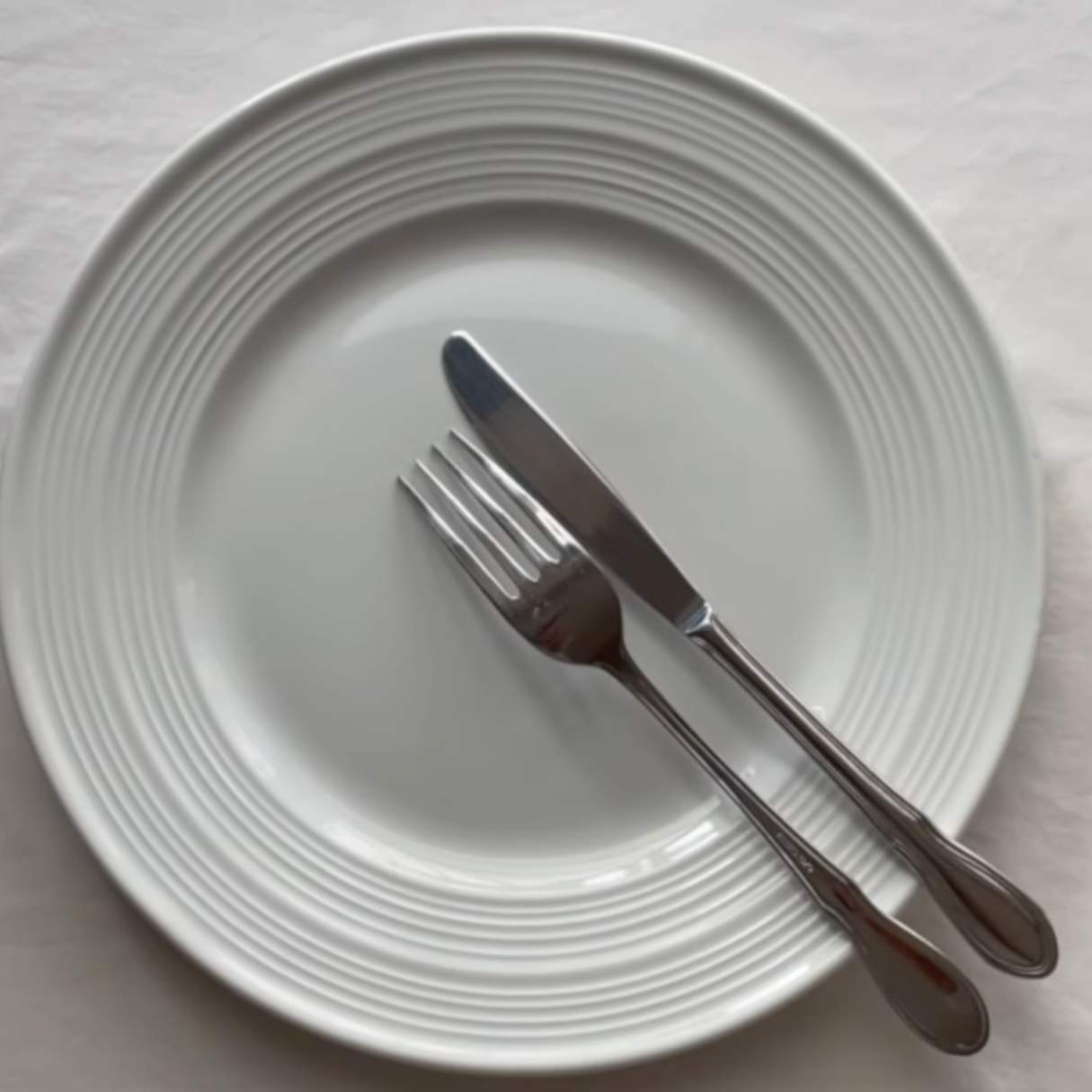

Tableware
How To Place Silverware When Finished
Modified: February 24, 2024
Discover the proper way to place your tableware when finished with this helpful guide. Ensure your silverware is organized and presentable for your next meal.
(Many of the links in this article redirect to a specific reviewed product. Your purchase of these products through affiliate links helps to generate commission for Storables.com, at no extra cost. Learn more)
Introduction
When it comes to setting a table, proper silverware placement is not just about aesthetics – it’s about creating an inviting and organized dining experience. Whether you’re hosting a formal dinner party or enjoying a casual meal at home, knowing how to place silverware correctly can elevate the overall dining experience for you and your guests.
Not only does proper silverware placement contribute to the visual appeal of the table, but it also serves a practical purpose. Placing silverware in specific positions allows each guest to navigate the meal effortlessly, knowing which utensil to use for each course.
In this article, we will explore the significance of silverware placement, along with basic guidelines for setting the table. We’ll also delve into various techniques for placing silverware on a plate, napkin, and utensil holder. Additionally, we’ll discuss silverware placement for formal dining occasions and offer some tips to ensure you get it just right.
So, whether you’re a seasoned host or simply want to elevate your table-setting skills, let’s dive into the art of silverware placement and discover the perfect way to set the stage for a meal.
Key Takeaways:
- Elevate your dining experience with proper silverware placement, creating organization, ease of use, aesthetics, hospitality, and etiquette for a memorable meal.
- Master the art of silverware placement, from basic guidelines to formal dining arrangements, and add a personal touch to impress your guests and enhance the dining experience.
Read more: How To Arrange Place Settings For Silverware
Why Silverware Placement Matters
Silverware placement might seem like a small detail, but it plays a significant role in the overall dining experience. Here’s why it matters:
- Organization and Efficiency: Proper silverware placement ensures that each guest has the necessary utensils readily available for their meal. Placing the silverware in a logical order ensures that guests can navigate the table effortlessly, without having to search for the right utensil.
- Ease of Use: When silverware is properly placed, it provides a clear indication of which utensil to use for each course. This eliminates confusion and allows guests to enjoy their meal without hesitation or interruptions.
- Aesthetics: A well-set table exudes elegance and sophistication. Properly placed silverware adds visual appeal, creating a beautiful and inviting ambiance for your guests.
- Hospitality: Taking the time to arrange the silverware demonstrates thoughtfulness and care for your guests. It shows that you have gone the extra mile to ensure their comfort and enjoyment throughout the dining experience.
- Etiquette: Proper silverware placement is a sign of etiquette and good manners. It indicates your understanding of formal dining protocols, which can be especially important for special occasions or business dinners.
Overall, silverware placement is not just about aesthetics; it is also about functionality, comfort, and creating a memorable dining experience for your guests.
Basic Guidelines for Placing Silverware
When it comes to placing silverware, there are some basic guidelines to follow that will ensure a well-organized and polished table setting. Here are a few key points to keep in mind:
- Order of Use: When arranging the silverware, remember to place the utensils in the order in which they will be used. Starting from the outside and moving towards the plate, the silverware should be placed in the sequence of the meal courses, with forks on the left and knives and spoons on the right.
- Alignment: Maintain a consistent alignment throughout the table setting. Ensure that the bottoms of the utensils are aligned and placed approximately one inch from the edge of the table. This creates a neat and visually appealing arrangement.
- Space Considerations: Leave enough space between each place setting to allow guests to comfortably access their silverware. An adequate gap of approximately one inch is recommended.
- Knife Placement: When placing knives, make sure the cutting edge faces towards the plate. This positioning is both practical and safe for guests to reach for their knives without risk of injury.
- Utensil Positioning: The position of the utensils conveys important information to the guests. For example, the fork placed on the left side of the plate is typically the salad or appetizer fork, while the fork on the right side is for the main course.
- Spoon Placement: Place the soup spoon to the right of the knives, as it is typically used after the main course. If serving dessert spoons, these can be placed horizontally above the plate or positioned diagonally with the bowl of the spoon facing left.
- Butter Knife: If you’re serving butter or spreads, the butter knife is placed horizontally across the bread plate, with the handle pointing towards the right.
Remember, these are general guidelines, but you can adjust them based on the specific needs and traditions of your dining occasion. The key is to create a harmonious and well-organized table setting that allows your guests to enjoy their meal with ease.
Placing Silverware on a Plate
When it comes to placing silverware on a plate, there are a few different methods you can follow depending on your personal preference and the formality of the occasion. Here are a few popular techniques:
- Around the Plate: One common method is to place the silverware around the plate. Start by laying the dinner fork on the left side of the plate, followed by the salad or appetizer fork. On the right side, place the dinner knife, then the soup spoon (if applicable). Finally, position the dessert spoon horizontally above the plate or diagonally with the bowl facing left. This arrangement provides a clean and organized look.
- Beside the Plate: Another option is to position the silverware beside the plate. In this method, the dinner fork is placed to the left of the plate, while the dinner knife and soup spoon are placed to the right. The dessert spoon can be positioned horizontally above the plate or beside the other silverware on the right side. This arrangement is commonly used for casual dining occasions.
- Stacked on the Plate: For a more minimalistic approach, you can stack the silverware neatly on the center of the plate. Begin by aligning the dinner fork, dinner knife, and soup spoon, with the handle of each utensil pointing towards the right. If serving dessert, place the dessert spoon on top of the stack. This method creates a sleek and streamlined look.
Remember to take into consideration the size of the plate and the amount of available space. Ensure that the silverware is evenly spaced and aligned. Additionally, consider whether you will be placing any additional items, such as a bread plate or butter dish, to coordinate their placement with the silverware.
Keep in mind that these guidelines are not set in stone, and you have the flexibility to adjust the arrangement based on your personal style and the formality of the occasion. Experiment with different placements and find what works best for you while maintaining an aesthetically pleasing and organized table setting.
Placing Silverware on a Napkin
Placing silverware on a napkin is a popular and elegant way to present the utensils to your guests. It adds a touch of sophistication to the table setting and makes the silverware easily accessible. Here are a few methods for placing silverware on a napkin:
- Inside the Napkin: One traditional method is to place the silverware inside the napkin. Start by laying the napkin flat on the table, with one corner facing towards you. Position the dinner fork on top of the napkin, followed by the dinner knife and soup spoon. If serving dessert, place the dessert spoon on top of the other utensils. Fold the napkin over the silverware, so it creates a neat bundle. This method not only presents the silverware elegantly but also allows guests to easily unwrapped the bundle and access their utensils.
- Wrapped with a Napkin Ring: Another stylish option is to wrap the silverware in the napkin and secure it with a decorative napkin ring. Lay the napkin flat on the table and place the dinner fork, dinner knife, and soup spoon in a row near one edge of the napkin. Fold the napkin tightly over the silverware, and then slide a napkin ring over the folded portion to hold it in place. This method adds a touch of elegance to the table while keeping the silverware neatly bundled together and easily accessible.
- Aside the Napkin: If you prefer a simpler approach, you can place the silverware neatly alongside the napkin. Lay the napkin flat on the table, and position the dinner fork to the left of the napkin and the dinner knife and soup spoon to the right. The handles of the utensils should align parallel to the edges of the napkin. This method is straightforward and provides a clean and organized look to the table setting.
Remember to choose a napkin color and material that complements your overall table decor. Additionally, you can add a personalized touch by tying a ribbon or attaching a small decorative element to the folded napkin or napkin ring. This can enhance the visual appeal and create a cohesive theme for your table setting.
Experiment with these different methods to find the one that suits your style and the formality of the occasion. No matter which method you choose, placing silverware on a napkin is a classy way to showcase your attention to detail and create an elegant dining experience for your guests.
When finished with your meal, place your silverware diagonally across the center of your plate. The knife and fork should be crossed with the fork tines facing up. This signals to the server that you are finished.
Read more: How To Arrange Silverware In A Place Setting
Placing Silverware in a Utensil Holder
If you prefer a more casual and convenient approach, placing silverware in a utensil holder is a practical and stylish solution. Utensil holders not only keep the silverware organized but also add a decorative touch to your table setting. Here are a few tips for placing silverware in a utensil holder:
- Selecting the Utensil Holder: Choose a utensil holder that matches the style and theme of your dining occasion. There are various options available, such as ceramic holders, metal caddies, or even DIY holders made from repurposed materials like mason jars or wooden boxes. Consider the size, shape, and number of compartments in the utensil holder, as it should be able to accommodate all the necessary utensils for your meal.
- Organizing the Silverware: Begin by sorting the silverware into groups according to their type, such as forks, knives, and spoons. Place each group of utensils in its designated compartment in the utensil holder. You can arrange them in a single row or have separate sections for each type of utensil. Make sure the handles of the silverware are facing upwards for easy grabbing.
- Add a Personal Touch: To add a decorative touch to the utensil holder, you can tie a ribbon or attach a small tag indicating the type of utensils in each compartment. This not only adds visual appeal but also helps guests easily locate the utensils they need.
Placing silverware in a utensil holder is especially convenient for buffet-style or casual dining occasions. It allows guests to help themselves to the utensils easily, minimizing the need for guests to reach across the table for silverware.
Consider placing the utensil holder in a central location on the table, such as in the middle or at the end, to ensure that it is easily accessible to all guests. It can also serve as a centerpiece, especially if you personalize the holder with decorative elements or flowers.
Remember to keep the utensil holder well-stocked throughout the meal, replenishing the silverware as needed. This ensures that guests have a constant supply of clean utensils and contributes to the smooth flow of the dining experience.
By utilizing a utensil holder, you can keep your table organized, reduce clutter, and make it convenient for guests to access the silverware they need during the meal. It’s a stylish and practical solution that adds functionality and aesthetic appeal to your table setting.
Silverware Placement for Formal Dining
Formal dining occasions require extra attention to detail when it comes to silverware placement. The intricate and precise arrangement of silverware adds an air of sophistication and elegance to the table setting. Here are some guidelines for silverware placement for formal dining:
- Multiple Utensil Sets: Formal dining often involves multiple courses, each requiring its own set of utensils. To accommodate this, you’ll need to place several sets of silverware on the table. Start by placing the forks on the left side of the plate, arranged in the order they will be used, from the outermost to the innermost. The salad fork is placed on the far left, followed by the fish fork (if applicable), and then the dinner fork closest to the plate.
- Knife and Spoon Placement: On the right side of the plate, place the knives and spoons in the order they will be used. The dinner knife is positioned to the right of the plate, closest to the plate, with the cutting edge facing towards the plate. Next, place the fish knife (if applicable) to the right of the dinner knife. On the outermost right side, closest to the edge of the table, place the soup spoon. If dessert will be served, you can position the dessert spoon horizontally above the plate or place it diagonally with the bowl facing left.
- Specialty Utensils: Depending on the formal dining occasion, there may be additional specialty utensils to include. These can include butter knives, seafood forks, and specialty spoons. Butter knives can be placed horizontally across the bread or butter plate, with the handle pointing towards the right. Specialty utensils are placed on the right side of the plate, beyond the soup spoon, if applicable.
- Glassware Placement: In addition to silverware, proper placement of glassware is crucial for formal dining. The water glass is placed above the knives, slightly to the right. Wine glasses, if necessary, are placed to the right of the water glass, arranged in the order they will be used, with the larger wine glass closer to the water glass. Champagne flutes, if applicable, can be placed to the right of the wine glasses.
- Positioning and Alignment: Ensure that all the silverware is evenly spaced and aligned with each other. The bottoms of the utensils should be aligned approximately one inch from the edge of the table, and the handles should be at a consistent angle and facing inwards.
Remember that formal dining etiquette may vary slightly depending on cultural or regional customs. It’s always a good idea to familiarize yourself with any specific traditions or guidelines to ensure that your silverware placement is appropriate for the occasion.
By following these guidelines for formal dining silverware placement, you can create a stunning and refined table setting that will impress your guests and enhance the overall dining experience.
Tips for Proper Silverware Placement
Proper silverware placement is an important aspect of table setting that can elevate the dining experience. Here are some tips to ensure you achieve impeccable silverware placement:
- Research Etiquette: Familiarize yourself with the proper etiquette and traditions associated with silverware placement for different types of meals and occasions. Researching and understanding the guidelines will help you arrange the silverware with confidence and precision.
- Consider the Menu: Take into account the menu you will be serving when arranging the silverware. Ensure that you have the appropriate utensils for each course, from appetizers and salads to main courses and desserts. This will help you determine the order and placement of the silverware.
- Balance the Table: A well-set table should have balance and symmetry. Ensure that the silverware is evenly spaced and aligned, and that each place setting looks visually appealing. Take into consideration the size of the table and the available space, so that the silverware does not feel cramped or overcrowded.
- Use Logical Order: Arrange the silverware in a logical order of use, starting from the outermost utensils for the first course and progressing inward towards the plate. This sequence ensures that guests can easily navigate through the meal, knowing which utensil to use for each course.
- Keep It Neat: Maintain a clean and organized appearance by aligning the bottoms of the utensils and positioning them at a consistent angle. This attention to detail adds a polished look to the table setting.
- Consider the Presentation: Think about how the silverware placement aligns with the overall presentation of the table. Coordinate the silverware with the theme or style of the occasion, and consider using decorative elements such as napkins, napkin rings, or personal touches to enhance the visual appeal.
- Practice Proper Handling: Make sure to handle the silverware correctly when setting the table. Hold the utensils by the handles, avoiding touching the eating surfaces with your hands. This ensures cleanliness and demonstrates respect for your guests.
- Adapt to Occasion: Be adaptable and considerate of the specific occasion and the needs of your guests. Adjust the silverware placement based on the formality of the event, cultural customs, and any dietary preferences or restrictions of your guests.
Remember, while proper silverware placement is important, it shouldn’t overshadow the enjoyment of the meal. The goal is to create a welcoming and well-organized dining experience for yourself and your guests. So, take these tips as guidelines and adjust as needed to fit your personal style and the specific requirements of the occasion.
By following these tips, you’ll be well on your way to achieving impeccable silverware placement that enhances the overall dining experience and impresses your guests with your attention to detail and hospitality.
Conclusion
Proper silverware placement is more than just a decorative element of table setting – it is an art that enhances the dining experience for both hosts and guests. By following the guidelines and tips outlined in this article, you can ensure that your table exudes elegance, organization, and thoughtfulness.
From arranging silverware on a plate or napkin to using utensil holders for a more casual setting, each method offers its own unique charm. Consider the formality of the occasion, the style of the table decor, and the needs of your guests when deciding which approach to take. Remember to align the silverware, follow logical order of use, and leave appropriate spacing between place settings.
For formal dining, mastering the precise placement of multiple utensil sets and coordinating them with glassware adds an extra touch of sophistication. And always bear in mind the cultural and regional etiquette rules that may influence the arrangement of silverware.
Ultimately, proper silverware placement is about creating a harmonious and enjoyable dining experience for everyone involved. It shows your attention to detail, hospitality, and respect for the traditions of etiquette. So take the time to set the table with care, ensuring that each piece of silverware has its rightful place.
Whether you’re hosting a formal dinner party, a casual gathering, or simply enjoying a meal with loved ones, the way you place your silverware can make a lasting impression. It shows that you have taken the time and care to create an inviting and organized table setting.
So embrace the art of silverware placement, experiment with different methods, and add your personal touch to create a unique and memorable dining experience for everyone. Happy table setting!
Frequently Asked Questions about How To Place Silverware When Finished
Was this page helpful?
At Storables.com, we guarantee accurate and reliable information. Our content, validated by Expert Board Contributors, is crafted following stringent Editorial Policies. We're committed to providing you with well-researched, expert-backed insights for all your informational needs.
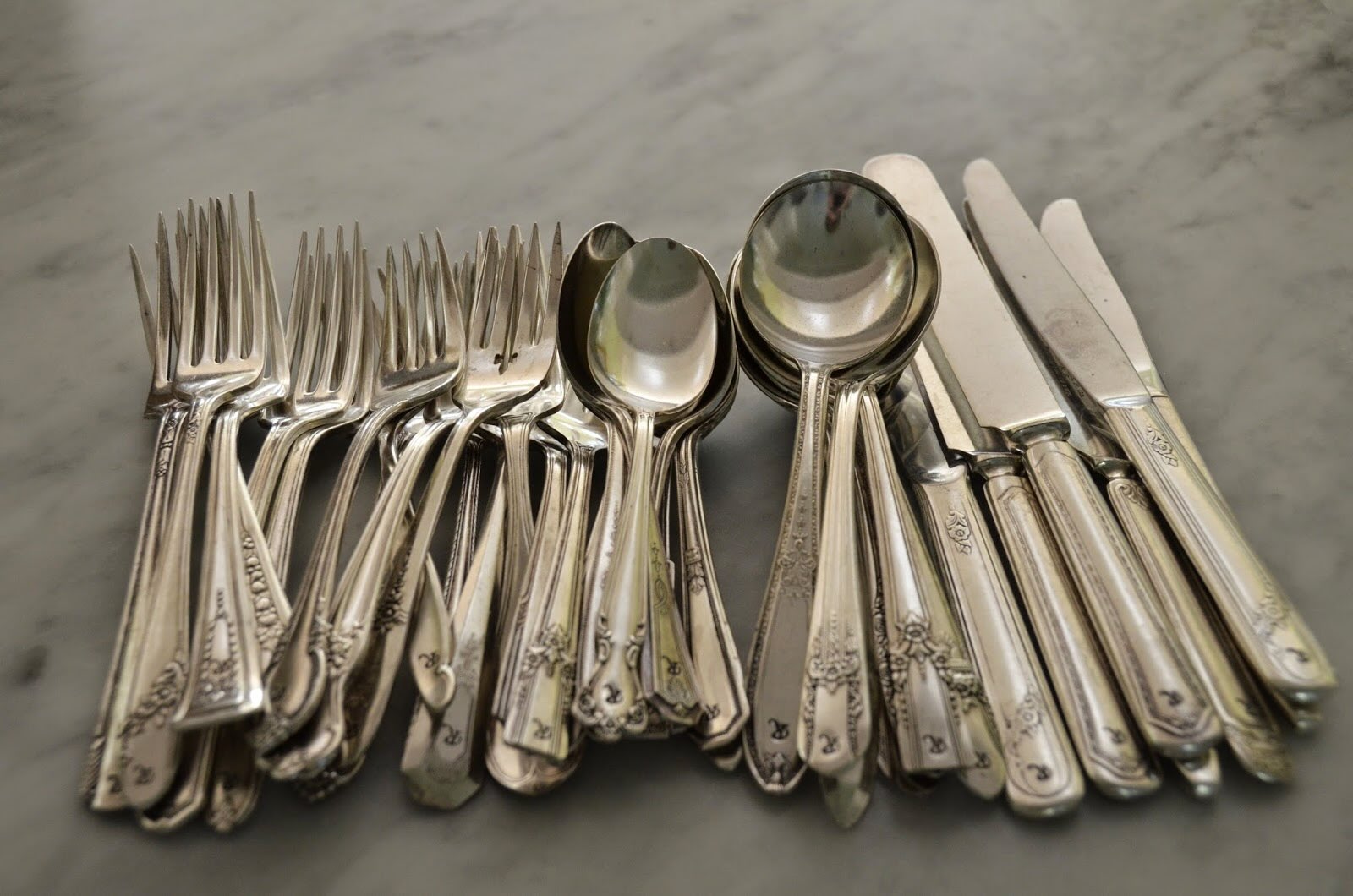
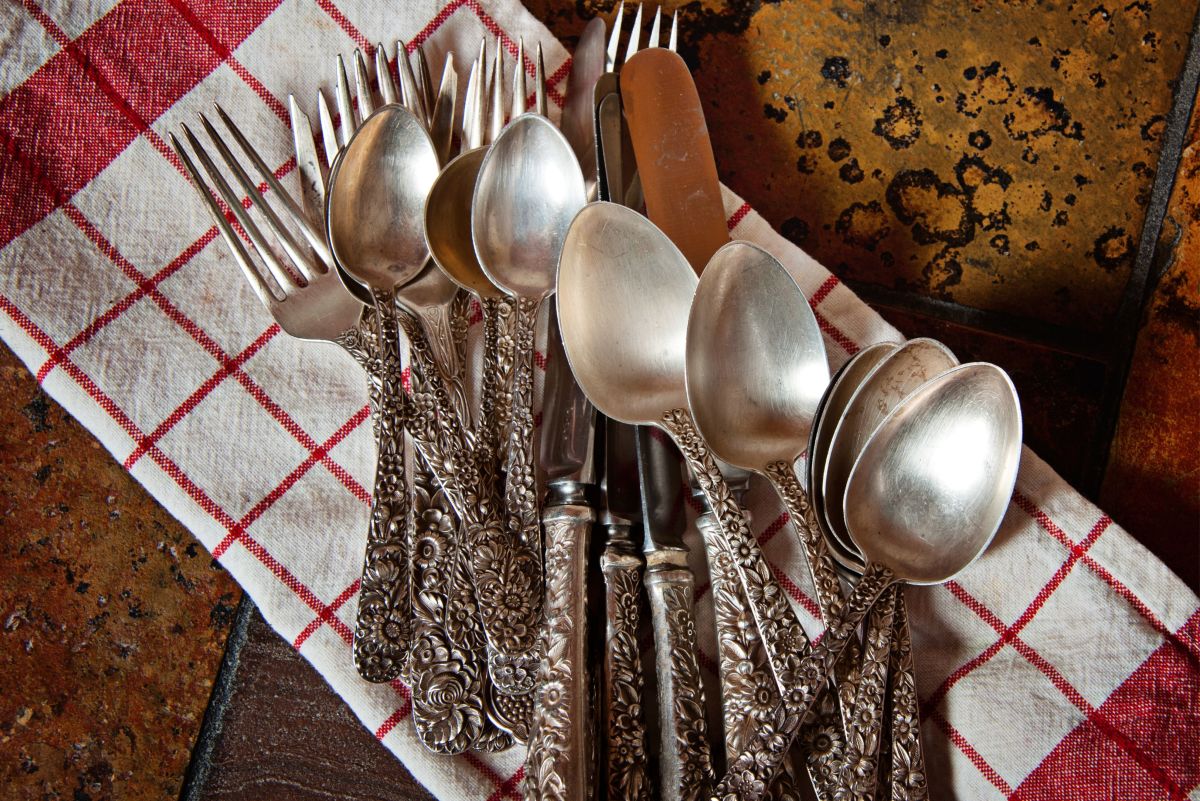

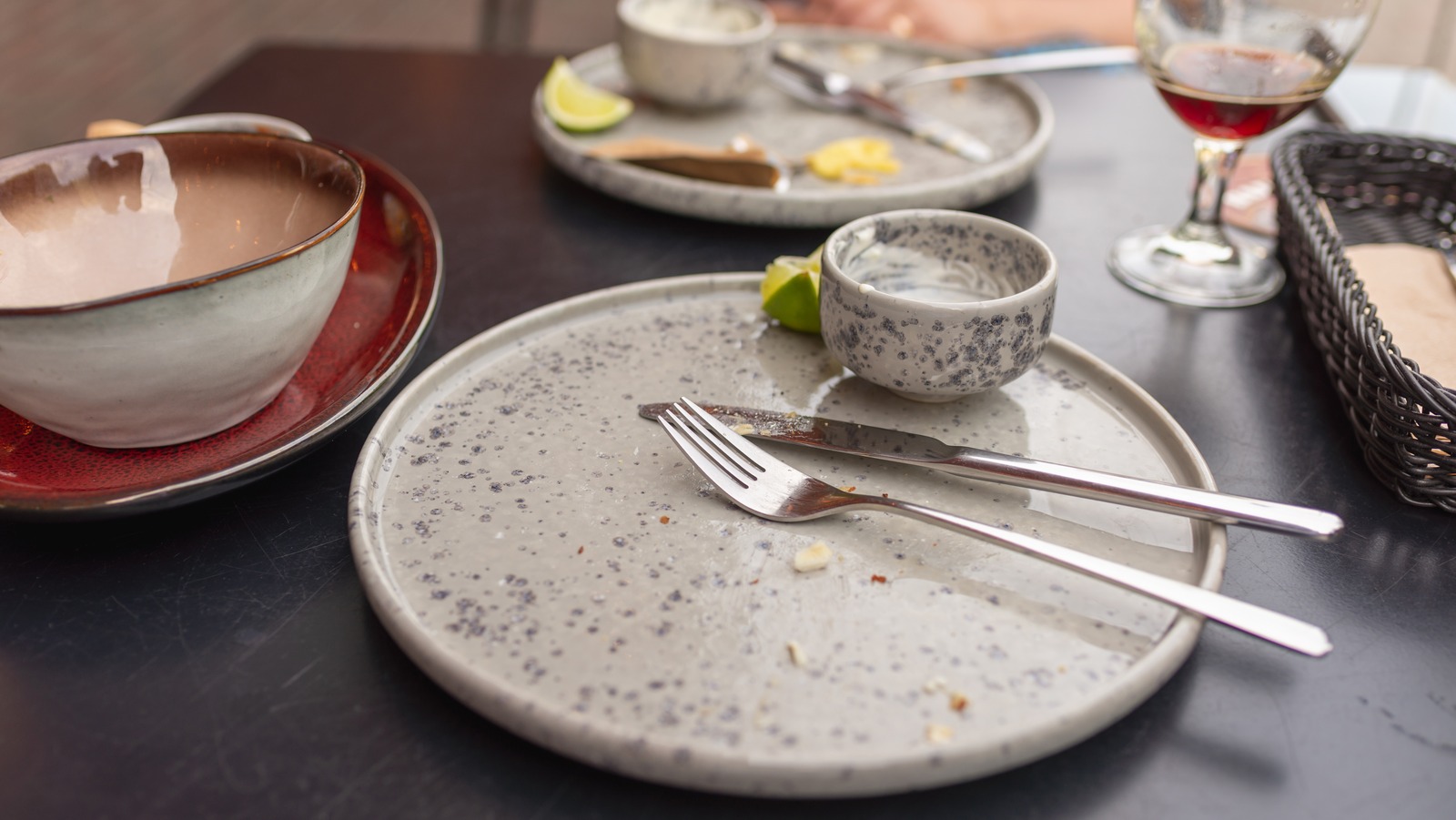

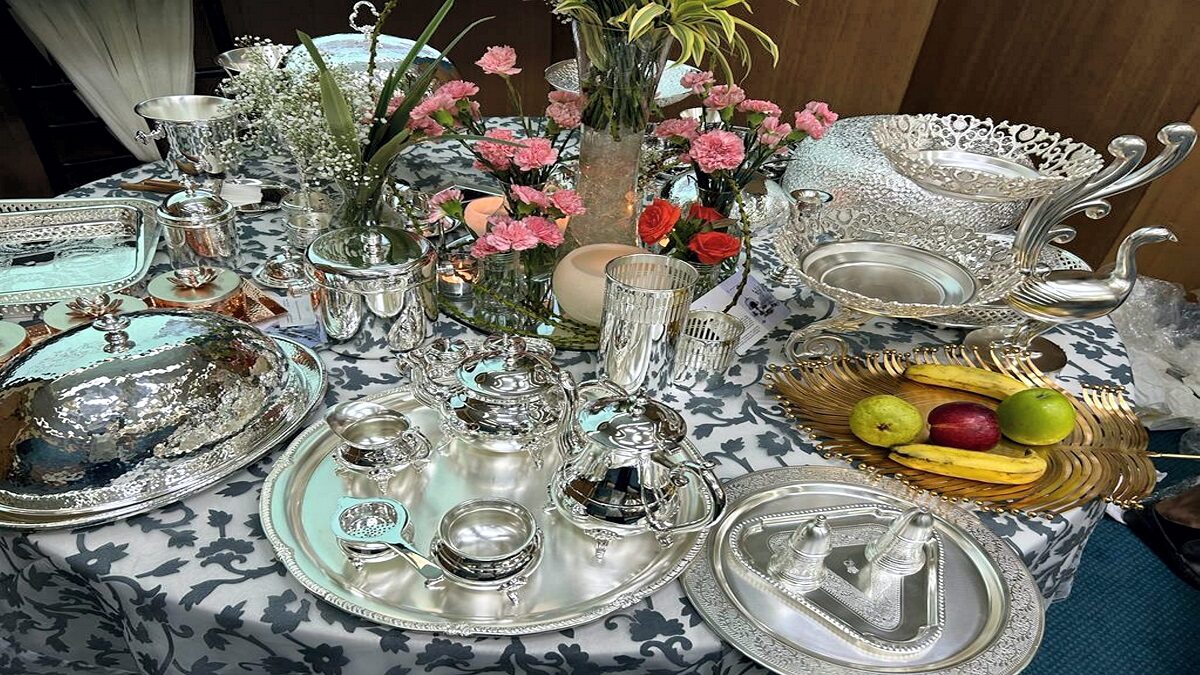
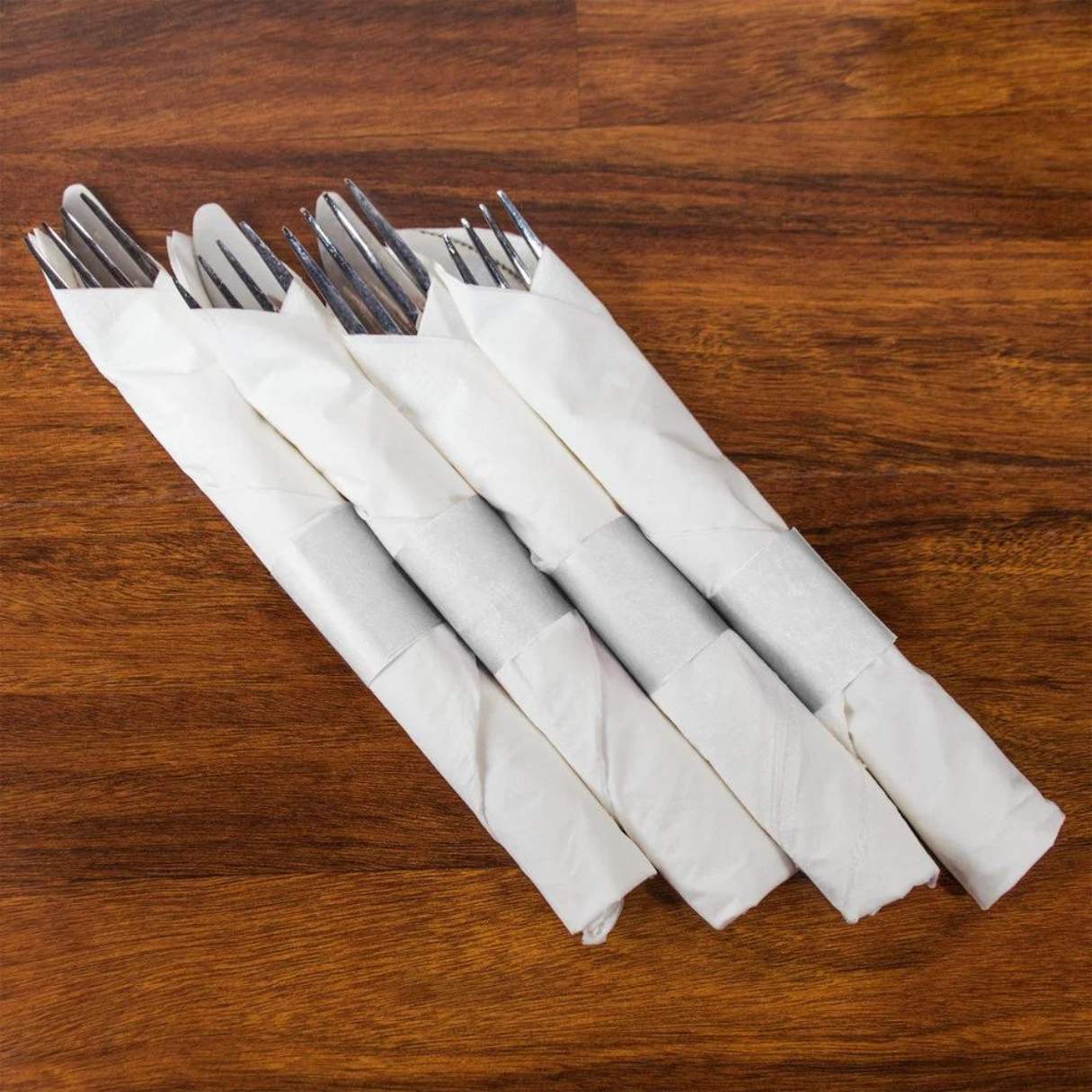
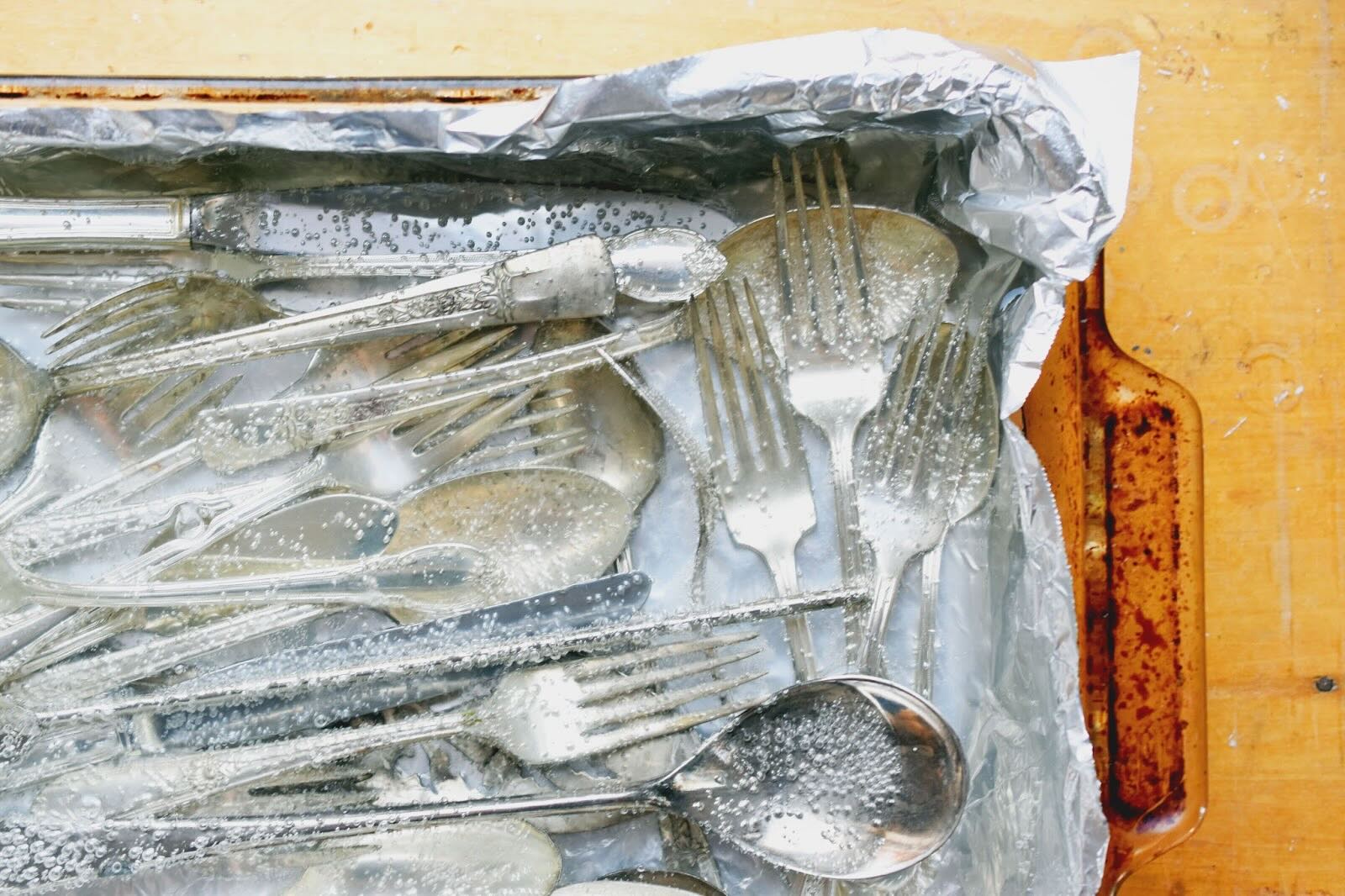
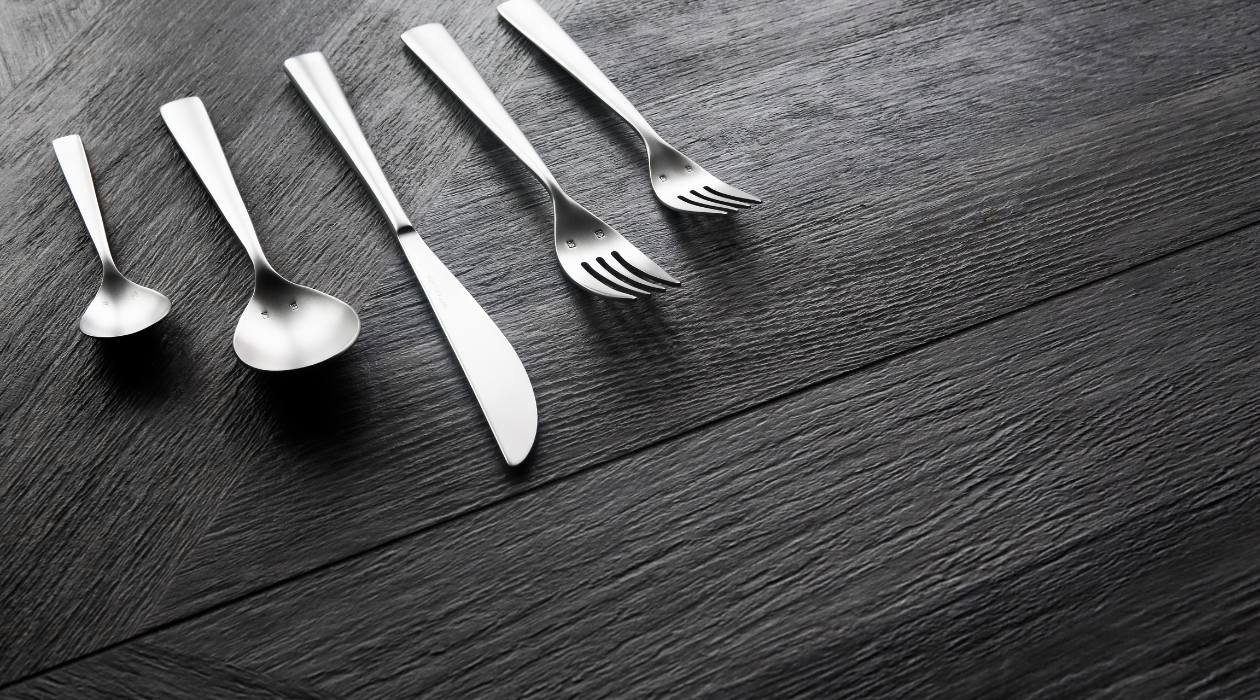
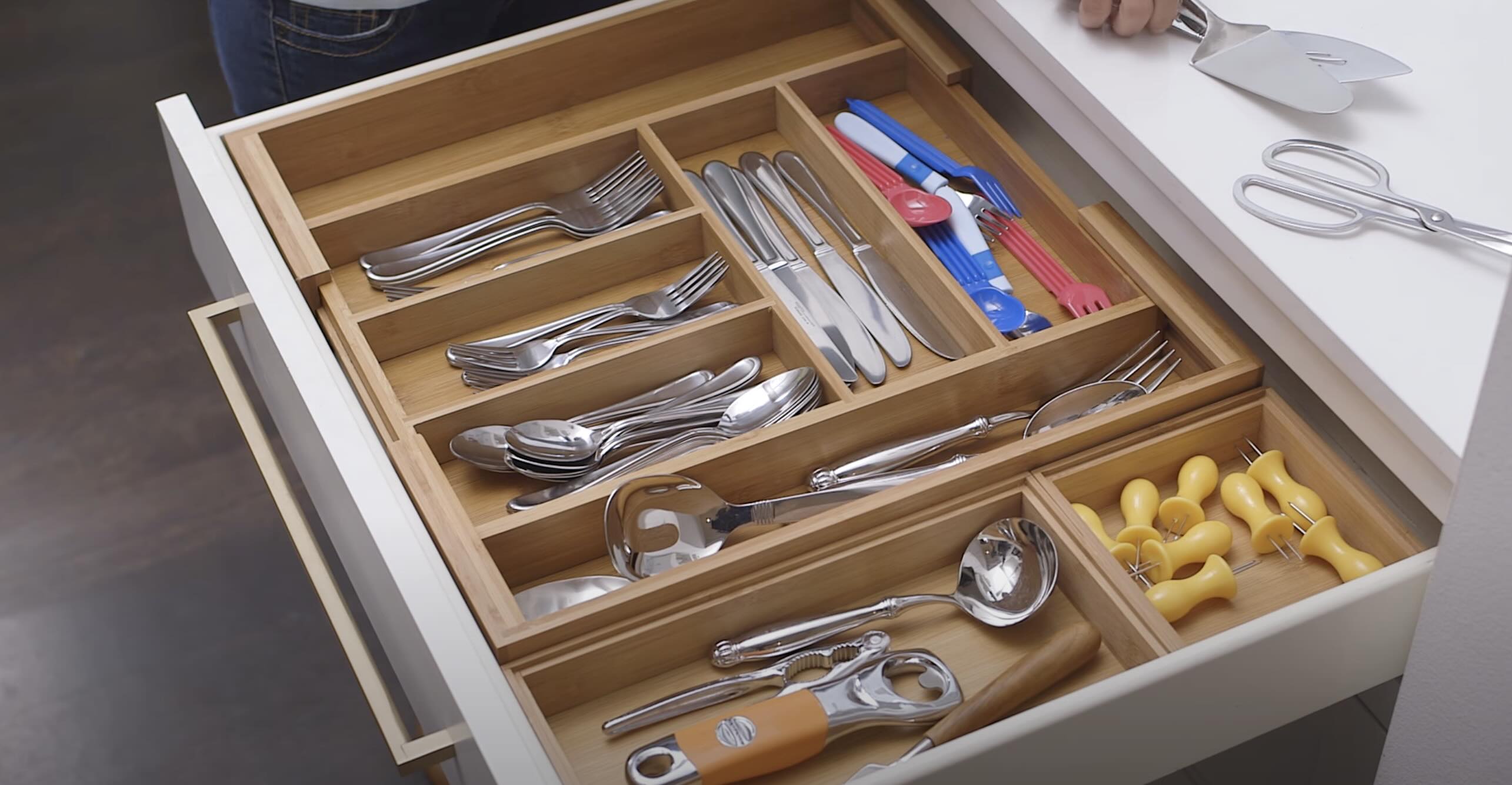
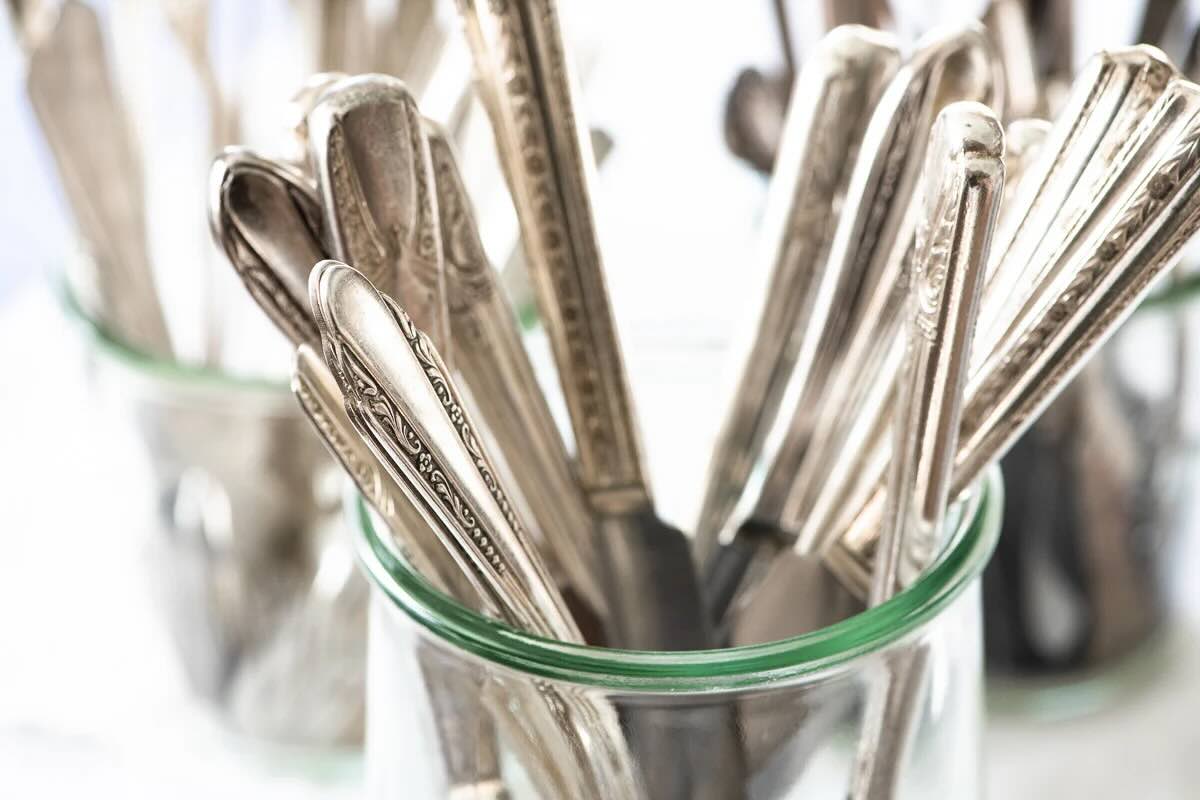
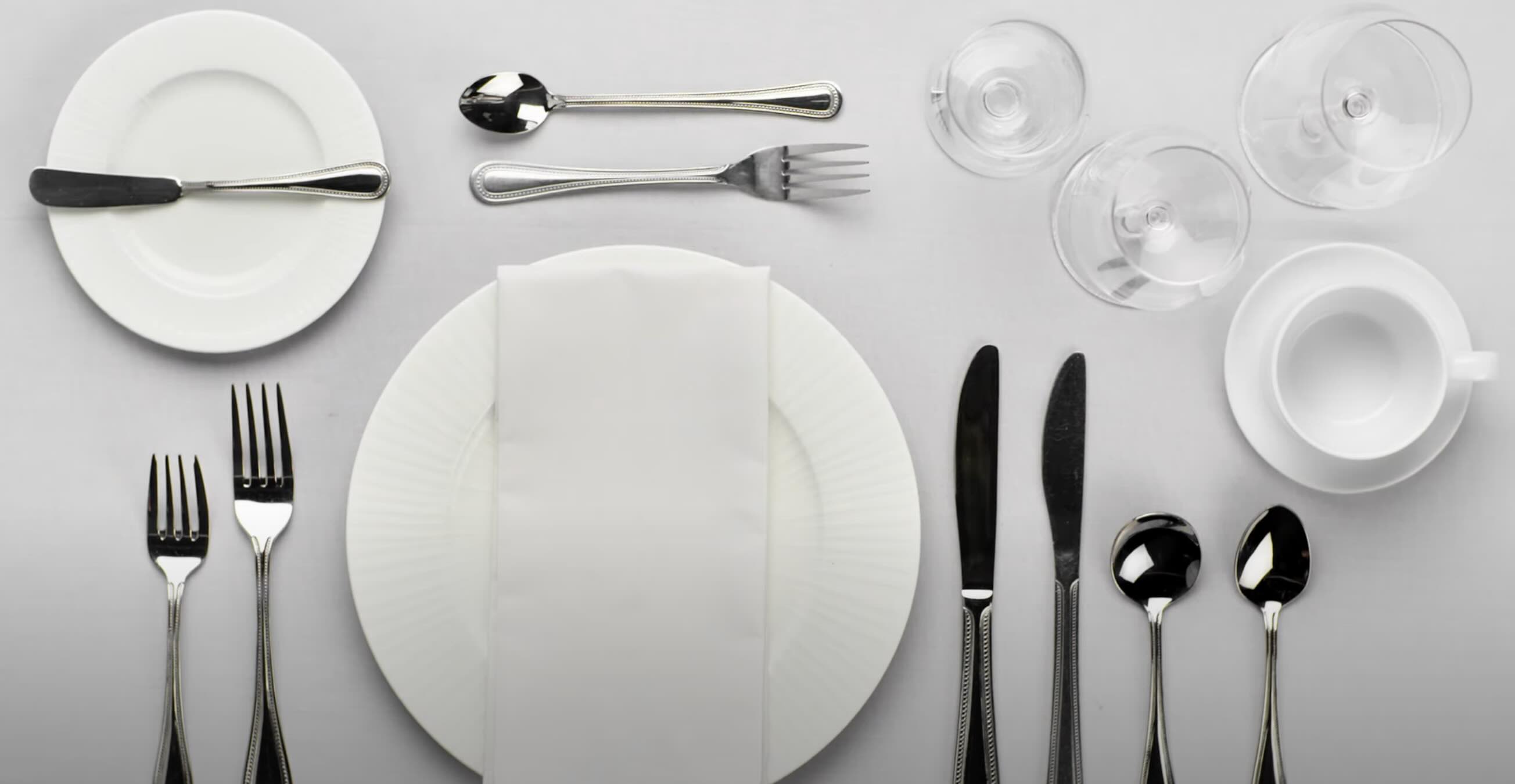
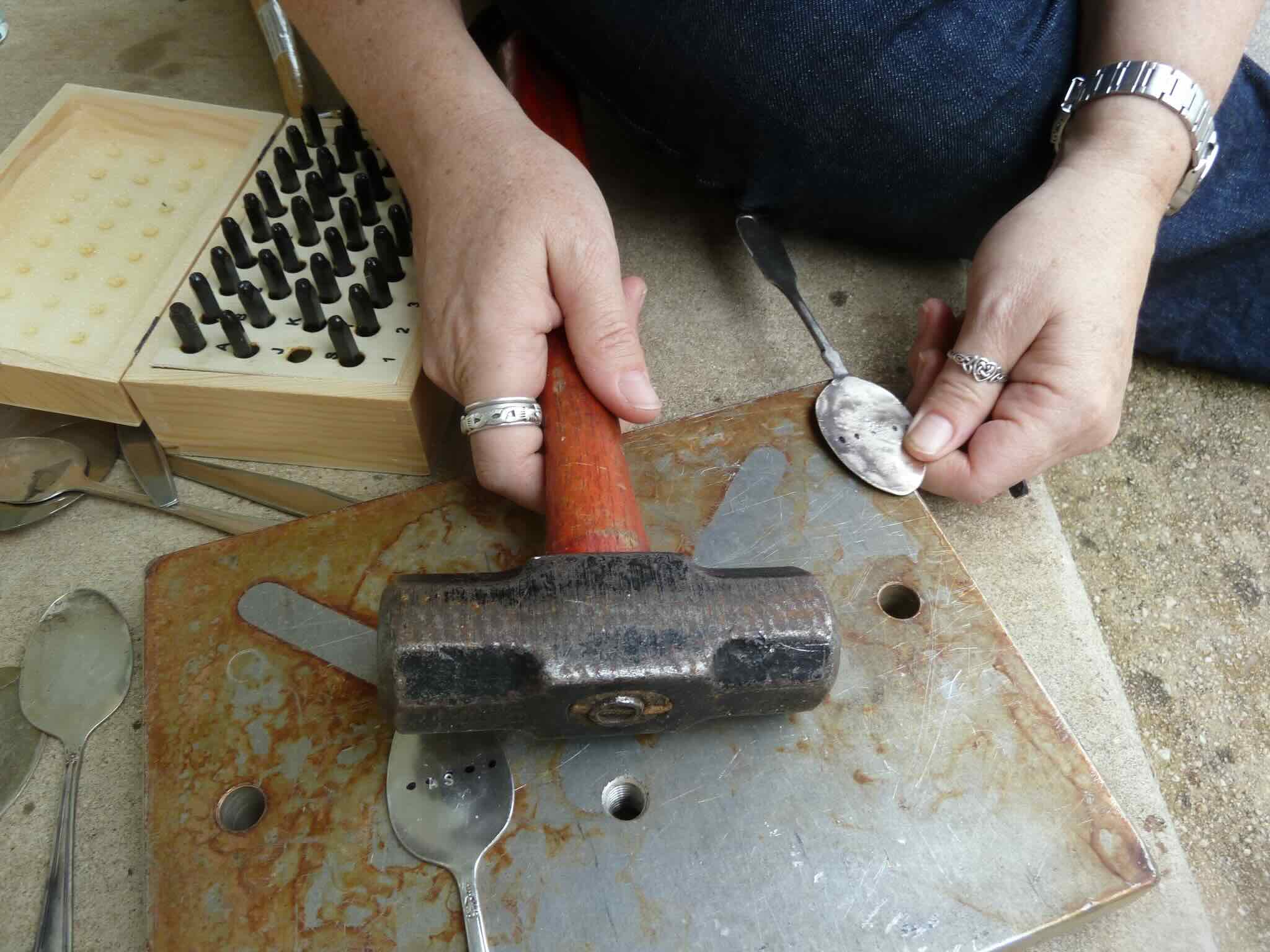
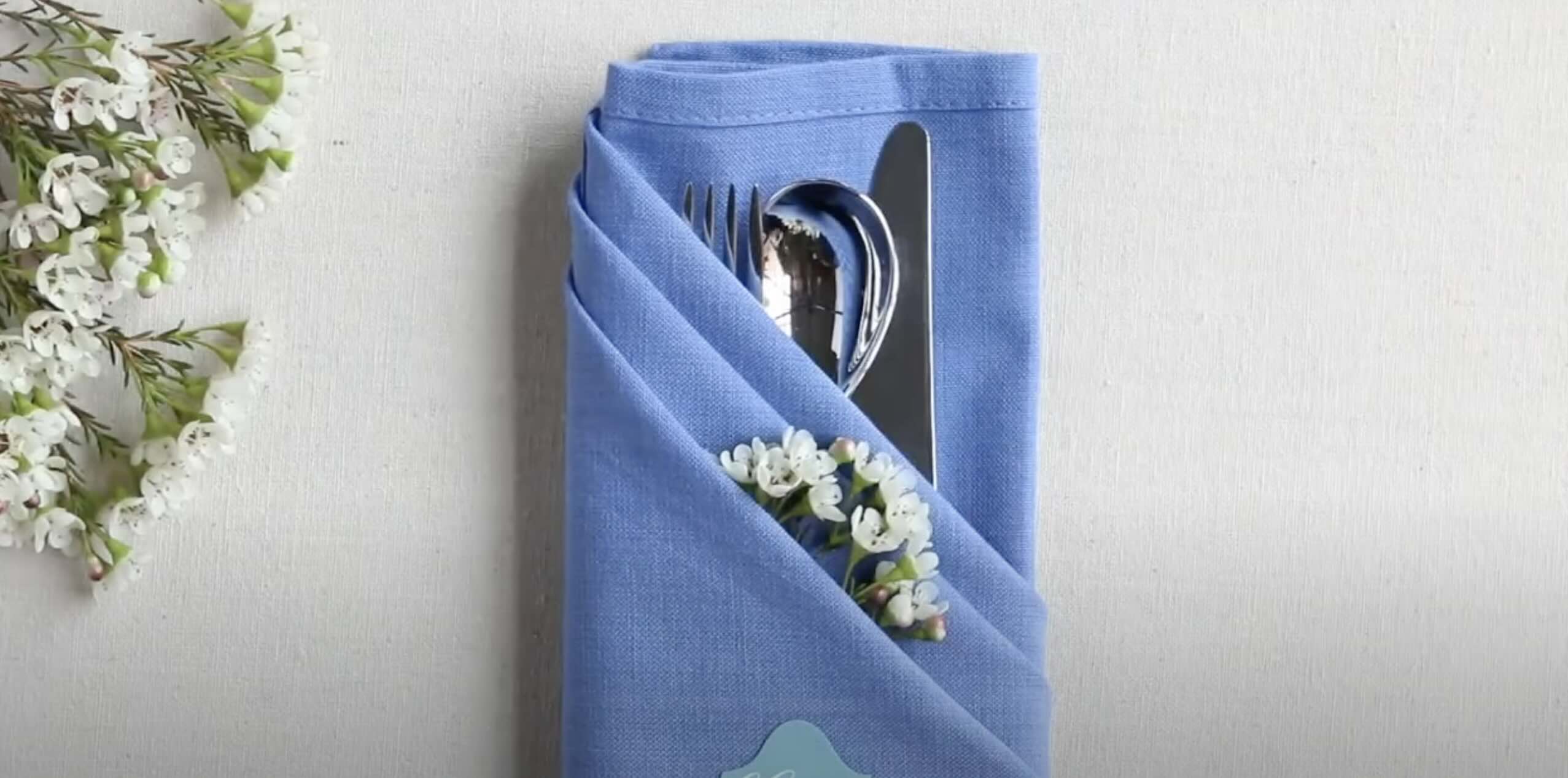

0 thoughts on “How To Place Silverware When Finished”